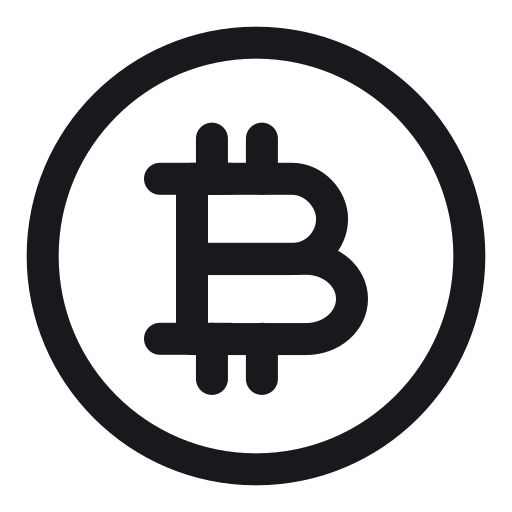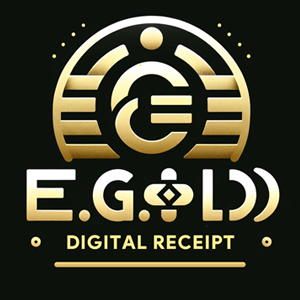
After more than a decade of “digital gold” narratives, something unexpected is happening in 2025: long-time Bitcoin and crypto investors are quietly rotating a portion of their gains into physical gold. This isn’t the traditional “boomer” gold bug move — it’s coming from HODLers who lived through 2018, 2022, and the FTX collapse. Here’s what’s driving the shift.
1. Crypto Winter Scars Haven’t Healed
The 2022–2023 bear market and a string of high-profile blowups (Terra/Luna, Three Arrows, Celsius, FTX, Genesis) reminded everyone that private keys don’t protect against fraud, bad code, or outright theft. Even self-custodied wallets aren’t immune to $100M+ exchange hacks or phishing losses. Physical gold, once mocked as “barbarous relic,” suddenly looks refreshingly simple: if you hold the bar or coin in your hand (or in an allocated vault you can audit), there is no counterparty that can freeze, seize, or rug-pull it.
2. Regulatory Storm Clouds Are Gathering
2025 has brought aggressive clarity:
- The EU’s MiCA and TFR rules now require KYC on almost all crypto transactions above €1,000.
- U.S. proposals for unrealized capital-gains tax on crypto wallets and mandatory 1099-DA reporting for DeFi.
- Multiple countries (India, Nigeria, Turkey) have re-imposed or threatened outright bans on private crypto wallets.
Gold, by contrast, still enjoys relative regulatory privilege. In most jurisdictions, buying and storing physical gold under €10,000–$50,000 triggers almost no reporting. For privacy-conscious holders, allocated vaulted gold outside the banking system has become the new “cold storage.”
3. Stablecoins Aren’t Feeling So Stable Anymore
Tether’s detractors have been proven at least partly right. Ongoing New York AG investigations, reserve transparency concerns, and the rapid growth of regulated alternatives (USDC, EUROC, PYUSD) have fractured confidence. When even “stable” coins can de-peg during a bank run (remember USDC’s 13 % drop after Silicon Valley Bank?), many holders are asking: Why hold a dollar IOU when I can hold a 1 oz Canadian Maple that has kept its purchasing power for 5,000 years?
4. The Re-Hypothecation Wake-Up Call
2024–2025 revealed that many “fully reserved” platforms were anything but. Gold-backed tokens (PAXG, Tether Gold) and even some Bitcoin ETFs turned out to have lending and re-hypothecation clauses buried in the fine print. Physical, allocated, audited gold has no such hidden risk. You either have the serial-numbered bar in a vault or you don’t — and third-party audits (Brinks, Loomis, Malca-Amit) are public.
5. Bitcoin-to-Gold Ratio Is Flashing Historic Extremes
At its 2025 peak, one Bitcoin bought roughly 42 oz of gold — close to the all-time high ratio seen in 2021. Long-term chartists who use the BTC/Gold ratio as a valuation tool see this as a natural point to take some chips off the table and diversify into the original sound money.
6. Generational Wealth Transfer Mindset
Many 2016–2021 crypto investors are now in their 30s and 40s, starting families and thinking about inheritance. Bitcoin is unbeatable for borderless, seizure-resistant transfer, but physical gold is universally recognized across generations and jurisdictions. A grandmother in Argentina or the Philippines may not understand a seed phrase, but she instantly understands a 1 oz Krugerrand.
7. Geopolitical and Grid-Down Scenarios
Escalating tensions (Taiwan, Middle East, U.S.–China trade war) and recurring cyberattack fears have revived “grid-down” thinking. Gold works when the internet doesn’t. You can’t pay for food or fuel with a Bitcoin private key if there’s no node to broadcast the transaction.
8. The Numbers Tell the Story
- Vaulted gold platforms (BullionVault, Goldmoney, Glint) report 200–400 % YoY increases in crypto-funded accounts in 2024–2025.
- Major dealers (JM Bullion, APMEX, SD Bullion) say 25–35 % of their 2025 volume now comes via Bitcoin and stablecoin payments — up from <5 % in 2020.
- Google Trends for “buy gold with Bitcoin” hit an all-time high in Q2 2025.
The New Stack Looks Different
Today’s hybrid stack often looks like:
- 60–80 % Bitcoin/self-custody (the primary store of value)
- 10–25 % physical gold (allocated vaulted or home storage)
- 5–10 % cash/stablecoins for liquidity
It’s not “gold vs. Bitcoin” anymore — it’s “gold AND Bitcoin.” The same people who once said “gold is MySpace and Bitcoin is Facebook” are now quietly admitting that owning both is the ultimate form of diversification in an uncertain world.
In 2025, the smartest crypto holders aren’t abandoning digital gold — they’re complementing it with the original hard money that has survived every empire, war, and monetary reset in recorded history.
NOTE
This Content is the copyrighted content of EE.GOLD. All rights are reserved. You are welcome to share or use our content only by including direct links to our website. Any other form of reproduction, distribution, or use without proper attribution is strictly prohibited.
This Content is intended solely for educational purposes. The information provided does not constitute financial or investment advice.
Please note that Digital Storage Receipt, Secure Storage Solutions, and Physical Gold Sales are the only services offered by EE.GOLD.
We strictly adhere to government regulations and are firmly against all illegal financial or investment activities globally.
For further inquiries, feel free to contact us through our official channels.










.png)

